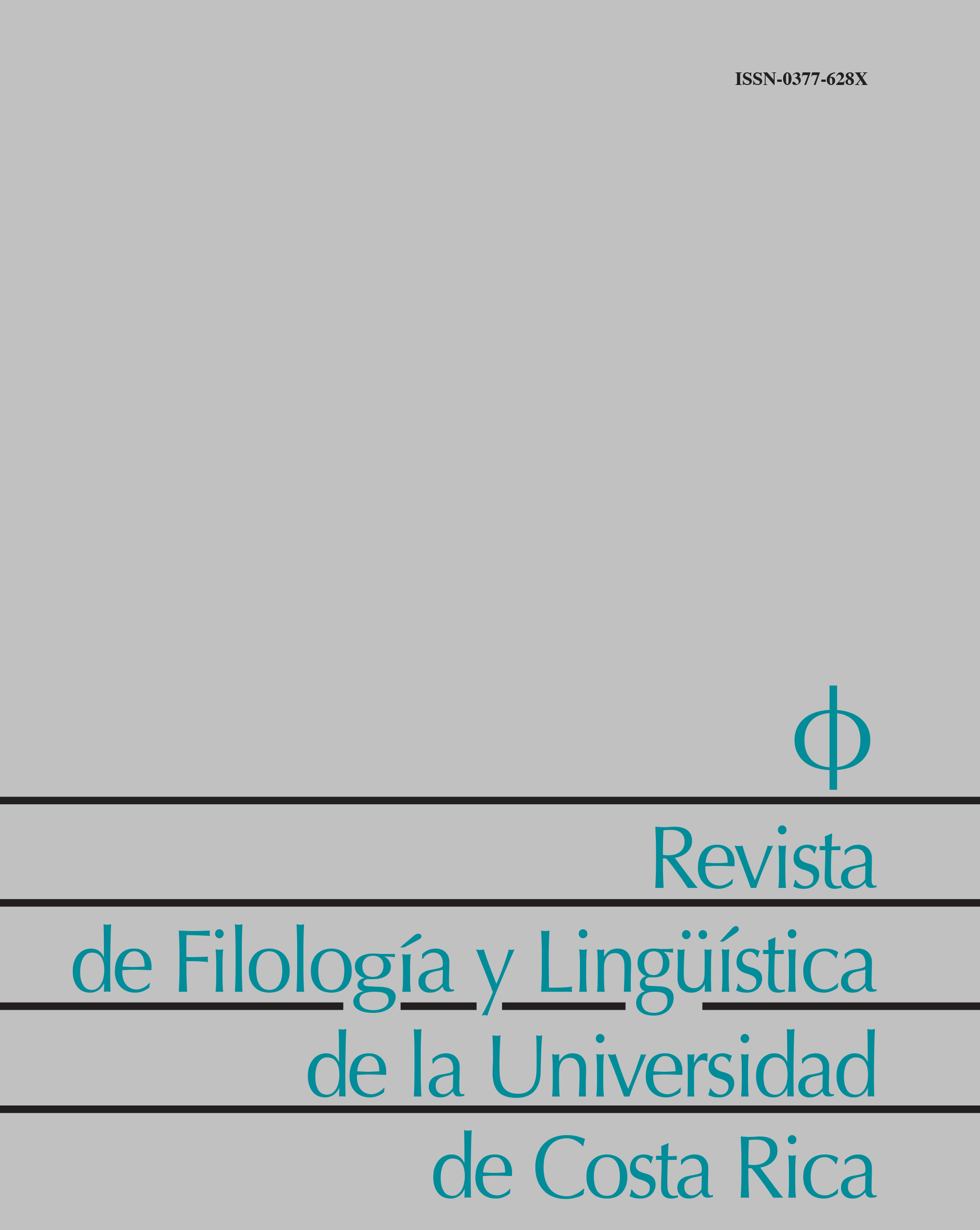Abstract
This study documents the oscillographic and spectrographic properties of non-modal phonation observed in Boruca, an already extinct Chibchan language that was spoken in Costa Rica. Traditionally, the creaky and breathy phonations of Boruca have been interpreted as phonetic cues for the laryngeal segments /Ɂ/ and /h/. However, this article reanalyzes these phenomena as phonological specification of the [constricted glottis] and [spread glottis] features associated with vowels. Thus, Boruca does not have laryngeal consonants but it does contrast between modal, creaky and breathy vowels. The study presents evidence that creaky voice concentrates in the middle of vowels while breathy voice concentrates in the final section of vowels. Moreover, Boruca can force creaky voice to surface as a glottal stop segment under certain conditions, and can also insert breathy voice in certain segmental environments.

